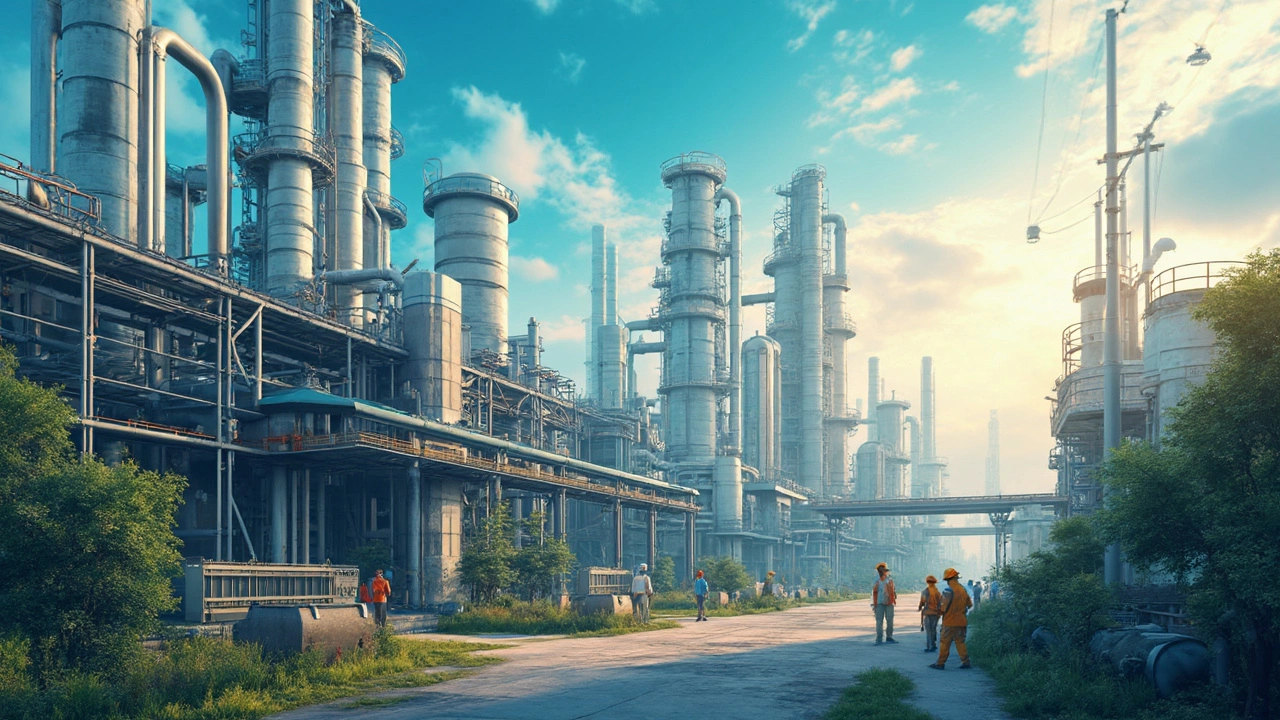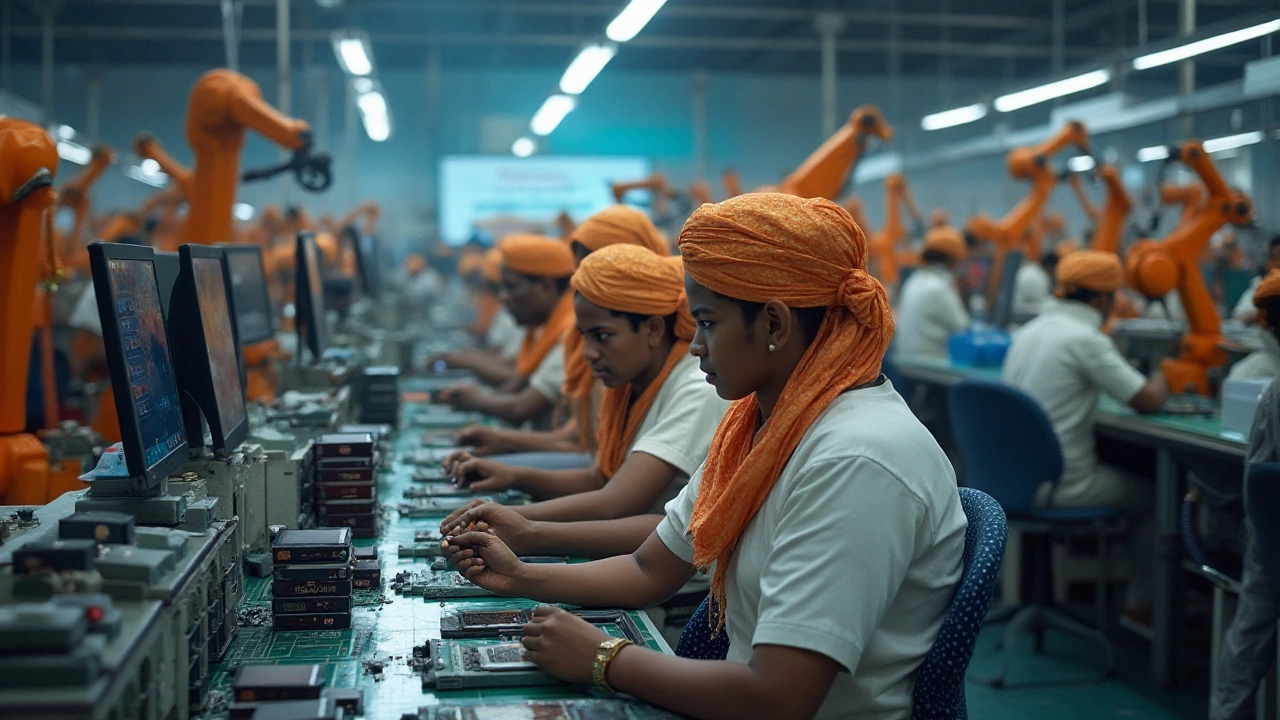Chemicals – the Core of Modern Industry and Farming
When we talk about Chemicals, substances that interact through chemical reactions and form the basis of everything from medicines to plastics. Also known as chemical compounds, they drive the performance of factories, farms, and even the water you pour on houseplants. Understanding chemicals gives you a shortcut to see how seemingly different products actually share the same scientific roots.
In the manufacturing world, Plastic, a polymer made from long‑chain molecules that can be molded into countless shapes is a prime example of a chemical material reshaping daily life. The surge in demand for recycled PET, rHDPE and other polymers shows how the industry constantly tweaks molecular structures to hit cost, strength, and sustainability targets. Shift to a different sector and you’ll find Pharmaceutical, bioactive chemical compounds designed to diagnose, treat, or prevent disease leading the charge in global health. From the oldest Indian pharma house Bengal Chemicals to today’s high‑tech drug factories, the same chemistry that makes a bottle of water safe also creates life‑saving medicines. Agriculture leans heavily on Fertilizer, nutrient‑rich chemicals that boost soil fertility and crop yields, and Pesticide, chemical agents that protect plants from pests, weeds, and diseases. The balance between feeding billions and keeping ecosystems healthy rests on how we formulate and apply these chemicals.
Why chemicals matter across sectors
Every post you’ll find below links back to one of these core material families. The guide on container‑garden watering touches on water chemistry and how chlorine or hard‑water minerals affect plant health. The deep dive into plastic demand for 2025 explains why certain polymer chemistries are winning market share. Articles about the Indian car slowdown highlight how emissions‑control chemicals influence buyer decisions, while the piece on the oldest pharma company shows how early chemical knowledge built an entire industry. Even pieces on textile heritage or wooden‑furniture hubs reference dyes, finishes, and binding agents—all chemical products. By looking at chemicals through the lenses of manufacturing, agriculture, and everyday consumer goods, you’ll see the tight web that connects a plastic bottle, a dose of medicine, a sack of fertilizer, and the soil beneath a garden.
So, whether you’re a factory manager curious about safer polymer choices, a farmer weighing the trade‑offs of modern fertilizers, or a home gardener testing tap‑water quality, the collection below gives you practical angles on how chemicals shape the world around you. Browse on to discover real‑world examples, current trends, and actionable insights that turn chemistry from a lab term into a tool you can use every day.
Chemicals Manufactured in India: A Comprehensive Look
India's chemical manufacturing sector plays a significant role in the global market. This article explores the variety of chemicals produced, from pharmaceuticals to petrochemicals. Discover India's position in chemical production and the industry's future potential. Tips on choosing the right chemical manufacturers are included. Explore why India is a key player in this sector.
- manufacturing
- India
- food processing
- garden tips
- rice cultivation
- government schemes
- balcony garden
- urban gardening
- balcony gardening
- profitable business
- business ideas
- plastic manufacturing
- drip irrigation
- plant care
- steel manufacturing
- sustainable gardening
- startup ideas
- steel industry
- flower gardening
- textile manufacturers






